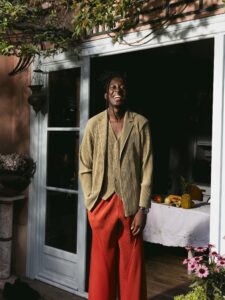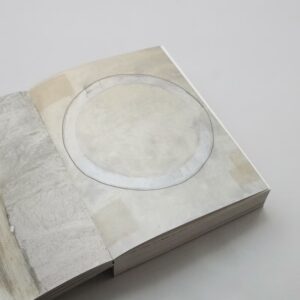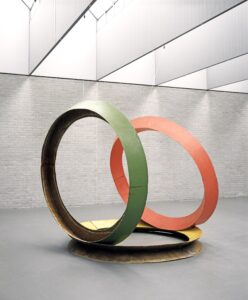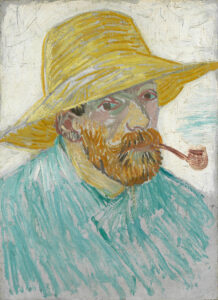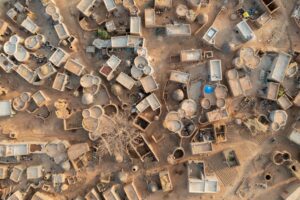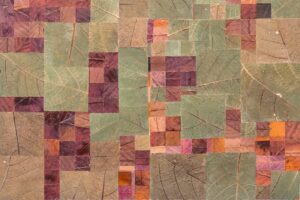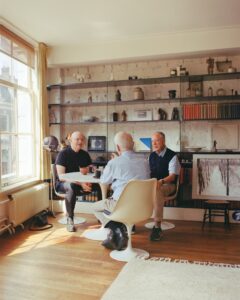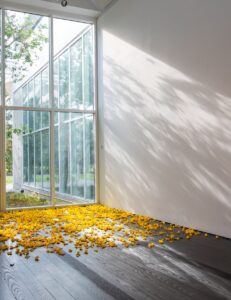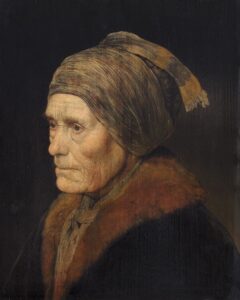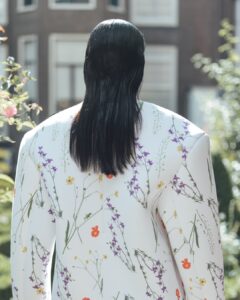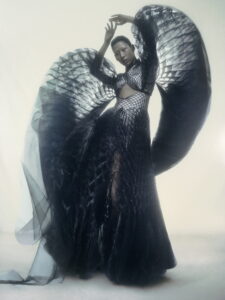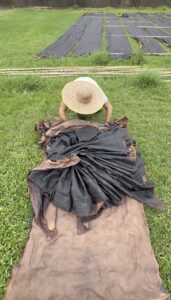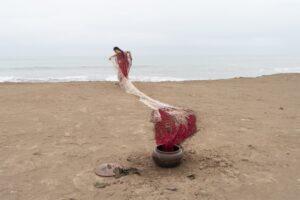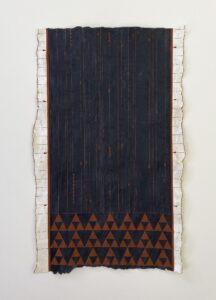From shampoo girl to front row
Highlights of Amsterdam Fashion Week 2025
Amid clouds of hairspray and the hum of blow-dryers, Asma el Ghalbzouri first entered Amsterdam Fashion Week through the backstage corridors. Over the years, she has witnessed the fashion world evolve – at times searching, at times bursting with energy, but always in motion. Now, sitting in the audience, she reports on the latest edition, where fashion, people, and stories converge once more.
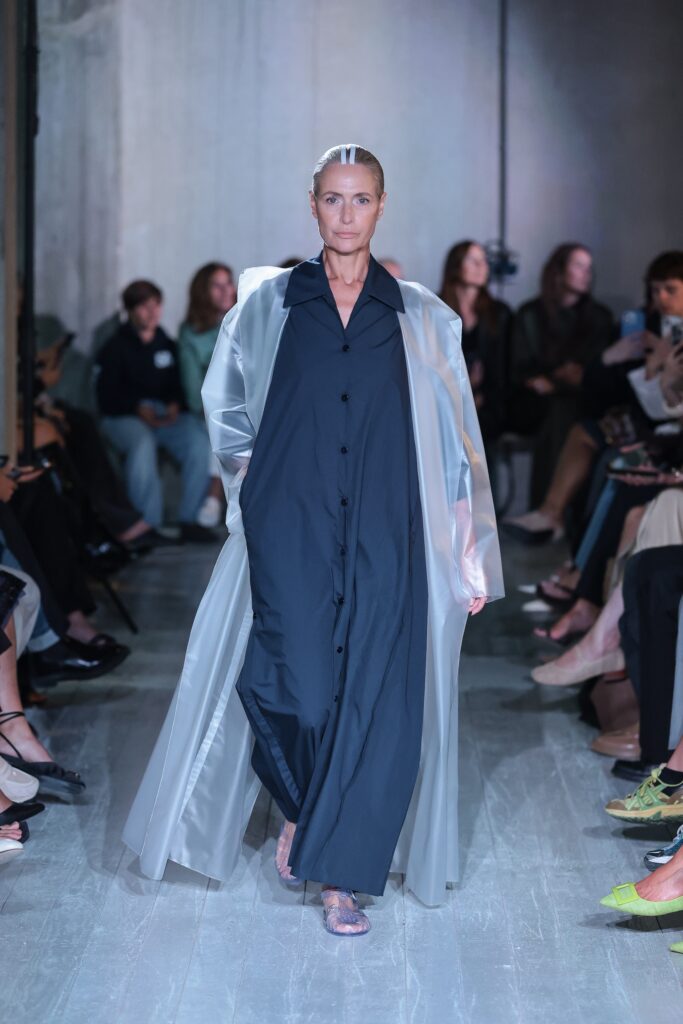
I was sixteen, working as a shampoo girl at Toni & Guy, and I dreamt of fashion as if it were an imaginary land I might one day be allowed to enter. In my previous life, when I was a hairstylist, Amsterdam Fashion Week was the pinnacle. I loved losing myself in the thought of working backstage during the shows. A few years later, that dream became reality, and I stepped into that secret world filled with the scent of hairspray, tense models, and the chaotic symphony of hairdryers and whispering stylists. Now, sitting in the audience as an editor, I realise how formative that first experience was – how a girl with dreams found her way between the backstage chaos and the glamour of the catwalk.
Since then, Amsterdam Fashion Week has had a bumpy ride. Founded in 2004 as the ultimate platform to showcase Dutch fashion, it enjoyed glorious years of glamour, talent, and extravagant parties. Everything happened in and around the Westergasfabriek, a magical place where the entire creative industry came together. But over the years, the event changed hands several times. And, as often happens, a part of its soul was lost along the way. The energy waned, there was less room for emerging talent, and it became unclear who Fashion Week was really for – until Danie Bles took over in 2017.
With a keen eye for young talent, she brought fresh energy. She understood that a fashion week is not just about shows and champagne, but about community. Bles connects tradition with the digital world: she ensures that content creators and art directors sit alongside fashion journalists, and she demonstrates that sustainability and circularity are not side notes but core values. Her formula is simple yet visionary: fashion must be both exclusive and inclusive.
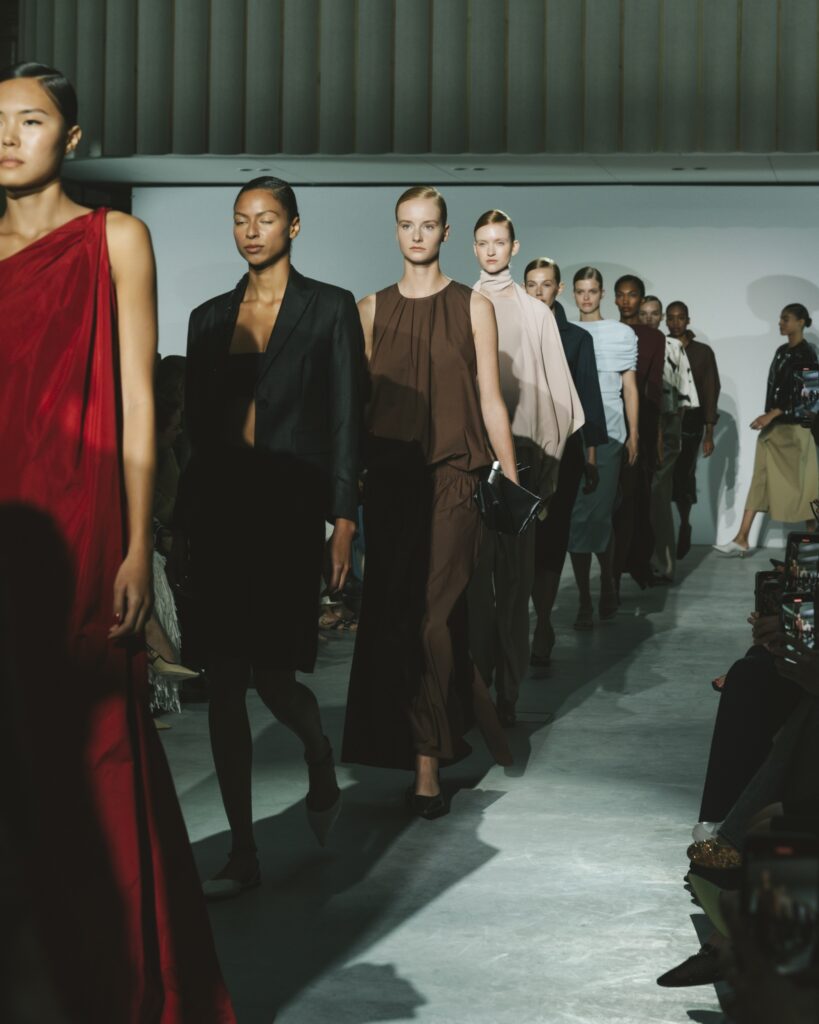
This vision is reflected this year in the variety of locations. Where everything once took place in a single factory hall, the fashion week now spreads across the entire city, with Fosbury & Sons at its beating heart as the Fashion Week Hub. Here, visitors can drop in, discover new brands, and, above all, create content. It is both clever and progressive. The hub functions as an open studio, where fashion is not only shown but immediately translated into stories on Instagram, TikTok, and by aspiring fashion editors. It is a democratisation of fashion: not just for the invited guests, but also for the curious. Around it, the classic shows continue, where professionals, press, and guests come together to see the latest collections – the sense of exclusivity remains important.
I attended several shows this year. 11PM presented a collection that felt cool, wearable, and surprisingly light. Flowing skirts made from an almost transparent, plastic-like material and fluid lines gave the collection a modern, fresh feel. The diversity of the models was striking, and the violinist’s performance felt entirely natural. Natan, a Belgian label with a loyal female following, showcased a strong ready-to-wear collection. Classic-cut dresses in neutral tones, with playful colour accents here and there – perfect for women who want to look sharp and professional during the day, yet easily transition into the evening with a change of shoes or accessories.


YUME YUME’s show was perhaps the most playful of the week. In the fairytale-like setting of the inner garden at Huis Willet-Holthuysen, Gia Bab opened the show. The atmosphere was intimate, yet a sense of rebellion lingered in the air –YUME YUME is eccentric, and this was evident in their sculptural shoes and unexpected silhouettes.
Atelier Reservé, founded by Alljan Moehamad and Deyrinio Fraenk, presented a story of sustainability and community. Their collection was entirely crafted from pre-loved denim and other reclaimed materials, transformed into striking, contemporary designs. During the show, titled Reclaimed and in collaboration with Cazal, a live guitarist performed, immersing the audience in raw, unfiltered energy. What was most moving was the crowd itself – not only fashion press and industry professionals, but also members of their own community. It felt as though everyone was part of the brand. It was a powerful statement: fashion cannot exist without the people who wear and embody it.
Amsterdam Fashion Week is not just a place to showcase clothing; it is also where brands collaborate with major partners such as Hyundai, Keune, and MAC. These kinds of partnerships are essential for the event’s survival and shape the way fashion is consumed. Bles manages this balance expertly: commerce and creativity, hype and heritage. Sitting there, I thought back to that 21-year-old girl who once stood backstage, hands trembling, full of big dreams. The fashion world can be harsh, but it can also be connecting and transformative. Amsterdam Fashion Week is moving again, and that says something about all of us. After all, fashion is about far more than just what we wear.

